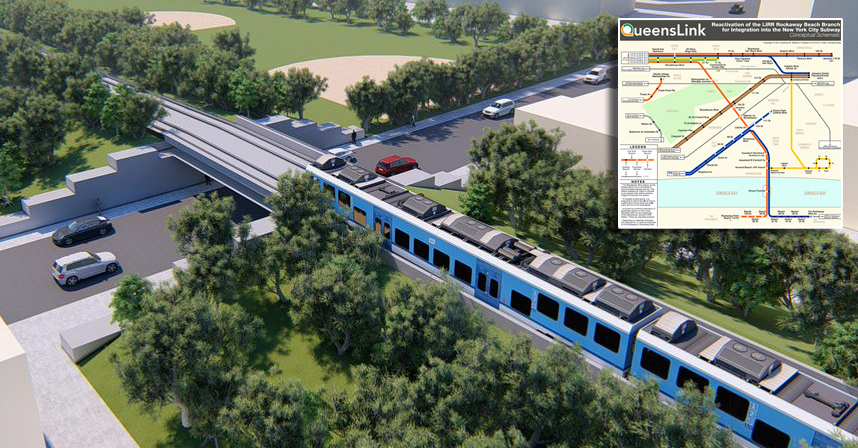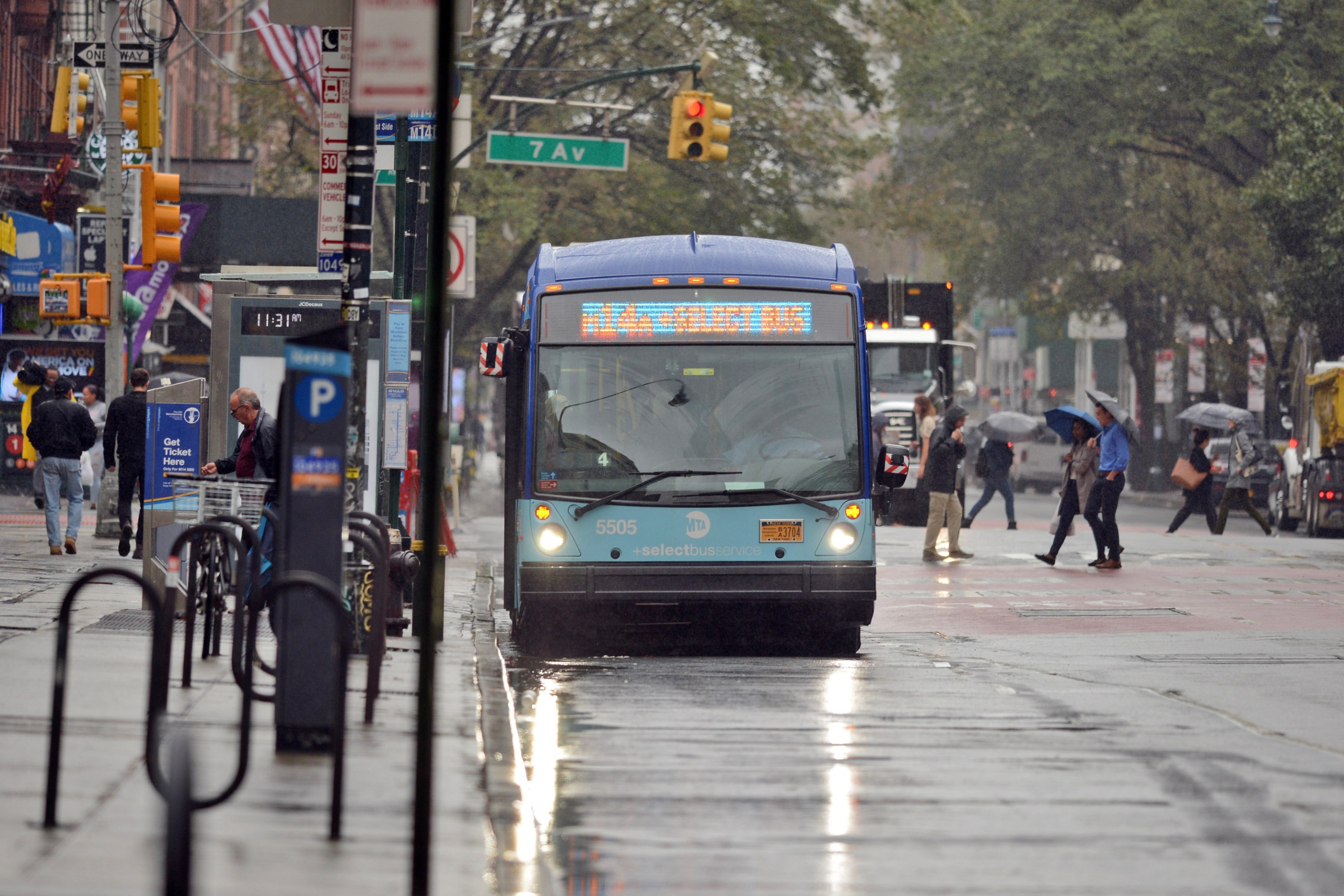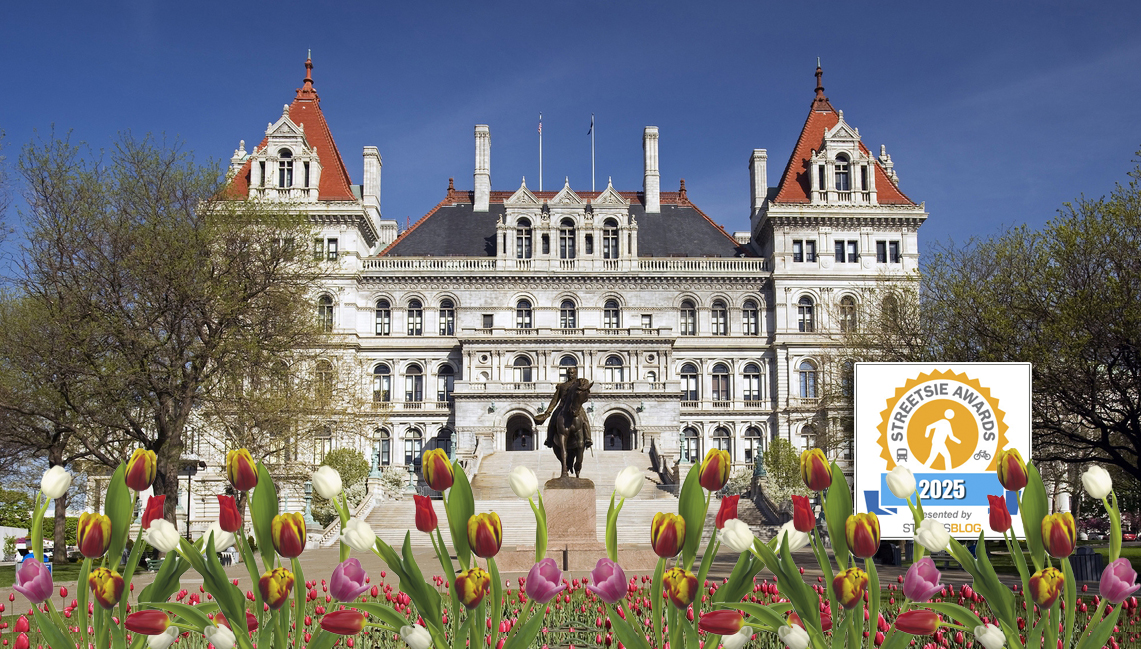Via Dana Rubinstein at Capital New York, the City Council Progressive Caucus has come out with a 13-point platform heading into the 2013 election season [PDF], and it includes some good planks on transit and street safety policy. All 51 council seats are up for a vote this year, with most of the important action coming on primary day, September 10.
The Progressive Caucus formed in 2010, shortly after the last citywide election. It currently has 10 members and is looking to gain strength: The caucus has so far endorsed seven candidates seeking election to the City Council for the first time, a number that will probably grow in the next few months. Turnover in the City Council figures to be higher than after the last election, since 20 council members are term-limited.
Progressive Caucus candidates will be running on a platform that calls for prioritizing buses, biking, and pedestrian safety on city streets, as well as road pricing reform that resembles Gridlock Sam Schwartz's "Fair Plan." While the council can't enact road pricing (that's up to Albany) or directly control how the city allocates street space (that's the mayor), we've seen several Progressive Caucus members use their influence to fight for surface transit improvements, protected bike lanes, and pedestrian plazas over the last few years. Progressive Caucus members were also instrumental in pushing the NYPD to improve its crash investigation protocol.
This is part of the plank addressing climate change:
Invest in significant public transportation improvements that facilitate sustainable growth, preserve affordability, and improve access for underserved communities and people with disabilities.
- Create NYC’s next high-capacity public transit option through a city-wide network of bus rapid transit lines that connect the boroughs.
- Build an inclusive consensus for implementing fairer toll pricing that reduces car trips and environmental impacts on neighborhoods, makes driving between the outer boroughs less burdensome, and shores up funding for the city’s transit system.
- Support “livable streets” policies city-wide that proactively engage communities in the planning process to bring well-planned bike lanes, pedestrian plazas, and traffic calming measures to all neighborhoods.
And this comes under the section on public safety and police accountability:
Improve the NYPD’s inadequate traffic safety enforcement and crash investigation, and expand neighborhood “slow zones” to save the lives of New Yorkers lost to dangerous driving.





